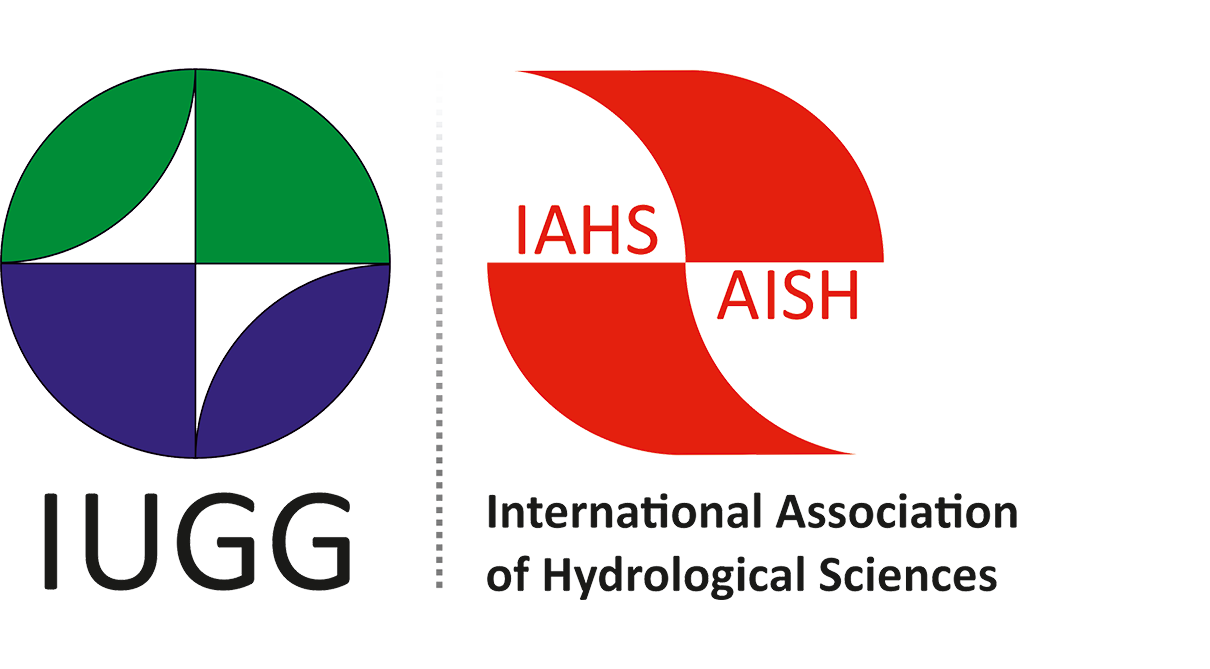IAHS News
Watch the On-Demand Webinar: Securing More Funding for Water Monitoring
As a friend of the IAHS, you are invited to watch the on-demand webinar: Securing More Funding for Water Monitoring. Discover proven techniques and strategies that have achieved increased funding.
Ryan Muller and Peter Evans from the Interstate Council on Water Policy (ICWP) share how they secured US$7.2 million in additional funding for USGS stream gauging over the past two fiscal years. They outline successful strategies that can be scaled to any size funding campaign. Aquatic Informatics Senior Hydrologist Stu Hamilton highlights 7 proven tactics to quantify and qualify the value of your water monitoring and discusses how to build a winning cost/benefit business case for sustainable funding.
WATCH NOW
1-Hour Webinar Highlights:
- Inside look at ICWP funding strategies that work
- Funding success: state + national case studies
- 7 universal truths to success for any scale funding effort
- Review of published cost/benefit industry studies
Don't miss this complimentary web presentation – watch the webinar here! Studies show the benefits of hydrological information vastly outweigh investments in water monitoring. Learn how to form persuasive arguments to get that additional funding.
Aquatic Informatics
1 (877) 870-2782 or 1 (604) 873-2782
[email protected]
Sent to you by the IAHS, on behalf of Aquatic Informatics.
This is not an endorsement of the webinar or the AQUARIUS water data management system.
© Copyright 2015 Aquatic Informatics Inc. 1111 – 2400 W Georgia St, Vancouver, BC, V6E 4M3
Remote Sensing and GIS for Hydrology and Water Resources: IAHS Publ. 368 now available.
Remote Sensing and GIS for Hydrology and Water Resources: IAHS Publ. 368 now available.
Editor: YANGBO CHEN
Co-Editors: CHRISTOPHER NEALE, IAN CLUCKIE, Z. SU, JIANZHONG ZHOU, QIANG HUANG, ZONGXUE XU
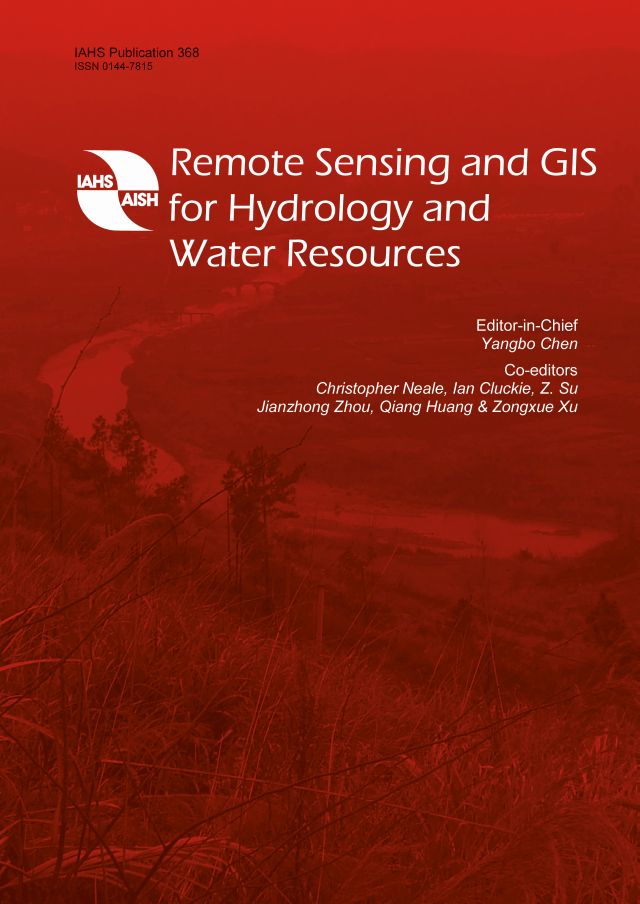
IAHS Publ. 368 (2015) ISBN 978-1-907161-46-9, 484 + xii pp. Price £110.00
Available both online open access as PIAHS vol. 368, and to purchase as a Red Book, vol. 368.
This volume collects together 78 peer-reviewed papers presented at the 3rd Remote Sensing and Hydrology Symposium and the 3rd International Conference of GIS/RS in Hydrology, Water Resources and Environment, that were held concurrently in Guangzhou, China, in August 2014. The papers are organized under four topics: GIS And Remote Sensing; Hydrology (Precipitation estimation and applications, Simulation and prediction of hydrological processes, Evaluation of hydrological processes); Water Resources and Environment.
Field Course in Hydrology & Geology at Reykjavik University
“The Principals of Resilience Based Management of Natural Resources” from 17th -22nd August, 2015.
The course will include daily field trips, field measurement, modelling aspects and management strategies.
This programme is a joint collaboration with the Soil Conservation Service of Iceland. For more information, or advice on applying, please check the website.
Within the Hydrology & Geology course we will visit typical Icelandic case studies to learn and discuss with experts about (this list is not complete):
- Performing discharge measurements in natural rivers to assess water availability
- Assess ecological status of river section
- Discuss geological formations and their impacts on hydrological processes
- Investigate and discuss representative areas of landscape degradation and restoration
- Assess requirements of relevant stakeholders (e.g. hydropower, farming, nature conservation)
- And finally learn and discuss the principals of resilience based management of natural resources.
The course is limited to 20 participants, so we will have interactive discussions on the above mentioned topics.
Registration is now open and we encourage you to share this with those you think may be interested.
7th International Water Resources Management Conference of ICWRS
Bochum, Germany IAHS - 18-20 May 2016
7th International Water Resources Management Conference of ICWRS ![]()
The spatial dimensions of water management - Redistribution of benefits and risks
The conference brings together experts from different countries and expertise to present their research ideas and discuss challenging questions of modern water management. This meeting, part of the series of IWRM conferences organized by ICWRS series is focused on spatial aspects of water management.
Since water is unevenly distributed in space and time, its storage and redistribution is a fundamental task of water management. Large water supply systems have been developed in the past to accomplish this. With the advanced structural possibilities, the scale of human interventions in hydrological systems shifted from local to regional scale and involves more and more global aspects. The overlaying of human interventions at different spatial scales results in complex changes of the hydrological conditions. In many cases improvements at one site are connected with degradations of hydrological conditions at other sites. Also the performance of water management measures becomes more uncertain if the rate of social and economic changes is accelerated. Often improvements at one site are connected with limited options to solve water problems at other sites.
These developments requires a new approach in water management considering crossing scales. This requires a comprehensive analysis of hydrological initial conditions, the evaluation of options and limitations of anthropogenic interventions with particular attention to their socio-economic and ecological impacts and the assessment of the sustainability of planned measures.
Hydrological Sciences and Water Security: IAHS Publ. 366, now available
Hydrological Sciences and Water Security: Past, Present and Future.
Editors: CHRISTOPHE CUDENNEC, SIEGFRIED DEMUTH, ANIL MISHRA & GORDON YOUNG
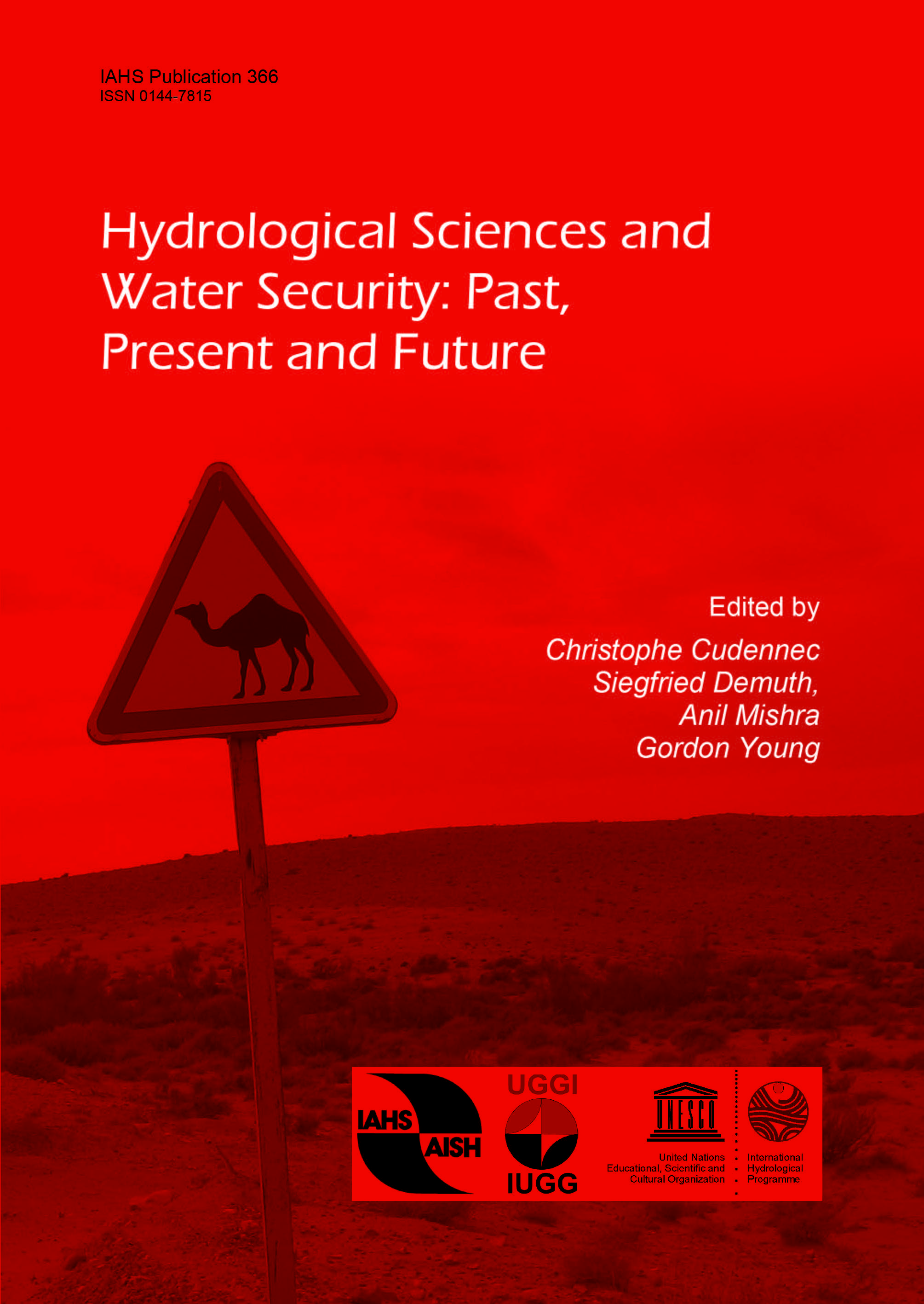
IAHS Publ. 366 (April 2015) ISBN 978-1-907161-44-5, 202 + x pp. Price £60.00.
Available both online open access as PIAHS vol. 366, and to purchase as a Red Book, vol. 366
Water Security is “the capacity of a population to safeguard access to adequate quantities of water of acceptable quality for sustaining human and ecosystem health on a watershed basis, and to ensure efficient protection of life and property against water related hazards – floods, landslides, land subsidence and droughts” (UNESCO-IHP 2012).
The contributions arise from the 2014 Kovacs Colloquium held at UNESCO in Paris, which addressed the emergence and development of water security concepts. The invited keynote papers are accompanied by extended abstracts summarizing the posters presented.
Print copies of the volume are available to purchase from IAHS ([email protected]) or via the bookshop. Abstracts and papers are also available online open access as PIAHS vol. 366.
Proceedings of the International Association of Hydrological Sciences (PIAHS) is a collaboration between IAHS and Copernicus.org. Also available on PIAHS:
Sediment Dynamics from the Summit to the Sea - PIAHS Vol. 367.
Complex Interfaces Under Change: Sea – River – Groundwater – Lake: PIAHS Vol. 365.
The proceedings of ICWRS2014, Evolving Water Resources Systems: Predicting and Managing Water–Society Interactions - PIAHS Vol. 364.
2015 International Hydrology Prize and Tison award medalists
IAHS are pleased to announce the recipients of the International Hydrology Prize (Dooge medal and Volker medal) and the Tison award for 2015.
The award ceremony will take place during the IAHS Plenary on Friday 26 June at the 2015 IUGG Assembly in Prague, Czech Republic http://www.iugg2015prague.com/
THE 2015 INTERNATIONAL HYDROLOGY PRIZE MEDALISTS
IHP Dooge medal: Mary Hill (USA)
IHP Volker medal: Pierre Hubert (France)
The International Hydrology Prize is awarded annually by IAHS, with UNESCO and WMO, to two people who have made an outstanding contribution to hydrological science.
Nominations for the Prize are made by National Committees and forwarded to the Secretary General for consideration by the Nomination Committee. The Committee consists of the President and a Vice-President of IAHS and representatives of UNESCO and WMO.
As of 2014, two medals are awarded under the International Hydrology Prize: the Dooge medal and the Volker medal. Both medals are intended to distinguish outstanding achievements by hydrological scientists but with a different focus. The Dooge medal is aimed at fundamental contributions to the science of hydrology, whereas the Volker medal is aimed at outstanding applications of hydrological science for the benefit of society at large.
http://iahs.info/About-IAHS/Competition--Events/International-Hydrology-Prize.do
THE 2015 TISON AWARD
Tison Award is shared by Antonino Maltese and Fulvio Capodici (Italy) for their paper:
A. Maltese , P.D. Bates , F. Capodici , M. Cannarozzo , G. Ciraolo & G. La Loggia (2013) Critical analysis of thermal inertia approaches for surface soil water content retrieval, Hydrological Sciences Journal, 58:5, 1144-1161, DOI:10.1080/02626667.2013.802322 (free online access)
The IAHS Tison Award, established in 1982, aims to promote excellence in research by young hydrologists. The Award is granted for an outstanding paper published by IAHS in a period of two years previous to the deadline for nominations.
This award is prestigious. A 1000 US$ prize is allocated, to be shared between the awardees, sponsored by Taylor and Francis the publisher of Hydrological Sciences Journal.
http://iahs.info/About-IAHS/Competition--Events/Tison-Award.do
UrbanRain15, 1-5 December in Pontresina, Switzerland
UrbanRain15
10th International Workshop on Precipitation in Urban Areas
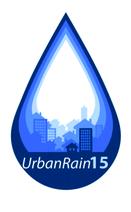
RAINFALL IN URBAN AND NATURAL SYSTEMS
Extreme weather, and especially heavy rain, has a major impact on urban populations and landscapes. Urban flooding and the damage to infrastructure and society are problems in both developing and developed countries. Key challenges in urbanized areas are to provide good quality detailed weather forecasts, to accurately measure high resolution space-time precipitation fields, to be able to predict impacts on urban systems and their vulnerability, evaluate flood risk and potential practical counter-measures. Similar challenges apply to the effects of rainfall in natural landscapes, the triggering of landslides, debris flows, and other natural hazards. Climate change provides an additional uncertainty to deal with when analyzing potential impacts of heavy rainfall in the future.
Abstract submission deadline is now 15 May 2015.
Sport Hotel, Pontresina, Switzerland, 1-5 December 2015.
Website: http://www.ifu.ethz.ch/urbanrain
Joint EGU Topical & IAHS STAHY Conference, 18-20 November 2015 in Addis Ababa.
JOINT EGU Topical and IAHS STAHY Conference 
Water-Food-Energy River and Society in the Tropics
Addis Ababa, Ethiopia. 18 – 20 November 2015
The conference brings together three important scientific meetings for the water science community at the international level: the Alexander von Humboldt Conference of the European Geosciences Union, the STAHY workshop of the International Commission on Statistical Hydrology of the International Association of Hydrological Sciences (ICSH-IAHS) and the Leonardo Conference of the Hydrological Sciences Division of the European Geosciences Union.
The associated GIFT workshop (Geosciences Information for Teachers) will bring together 50 high school teachers from Ethiopia and neighbouring countries.
For more information visit the conference website
Third Space for Hydrology Workshop
Third Space for Hydrology Workshop
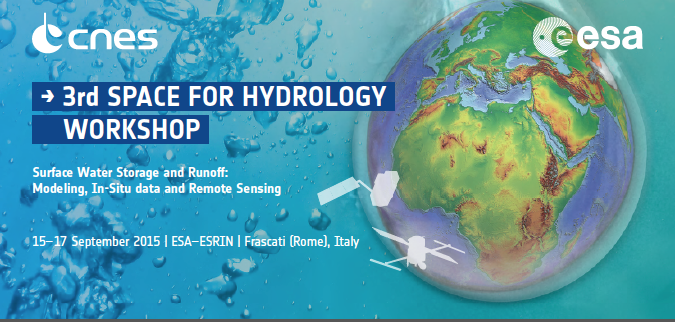
"Surface Water Storage and Runoff: Modelling, In-Situ data and Remote Sensing"
15-17 September 2015
ESA-ESRIN, Frascati (Rome), Italy
http://www.hydrospace2015.org/
The deadline for abstract submission is until 15 May 2015.
IUGG 2015 Scientific Programme
IUGG 2015 Scientific Programme 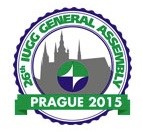
The Draft Scientific Programme is now available to view on the IUGG 2015 website showing the schedule and location of each session.
The IUGG 2015 conference will be held in Prague, Czech Republic from 22 June to 2 July 2015 with the IAHS Symposia and Workshops occurring during the first week (Tuesday 23 to Sunday 28 June).
You can also quickly access the deadline timings and information on IAHS sessions in our 'at a glance' and ‘Symposia and Workshops’ pdf files on the IUGG2015 page of the IAHS website.
We look forward to seeing you in Prague.
